Most tourists these days hope to return from their holidays with a few top quality, eye-catching photographs whether taken on a smart phone or with a seriously grown-up lens. However to maximise this, it is important to choose a special photographic departure with an experienced photographic guide on hand and Expedition Micro Cruise experts Secret Atlas work with a small number of expert photographers who have hundreds of years of experience at the sharp and sometimes stormy end of polar travel.
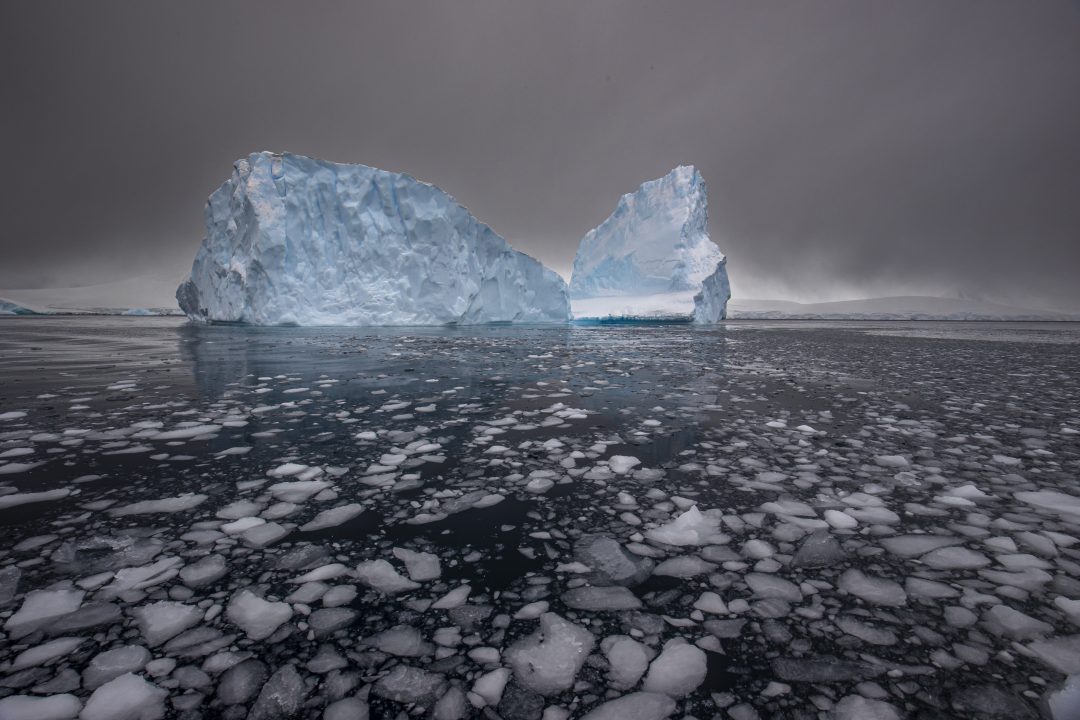
One such is award-winning photographer and Conservationist Paul Goldstein. Paul has spent 40 years in various guises in the travel industry, and when he is not in the polls, he is either running marathons for his beloved Bengal tigers or spending time in the small safari camps he co-owns in Kenya. His high energy and extreme working hours earn him many fans. Still, he openly admits it can be too much of a boot camp for some but maintains it is not just for photographers: ‘I guide many who only bring binoculars, they just like the way we sensitively go about wildlife, they like the ‘long game.’
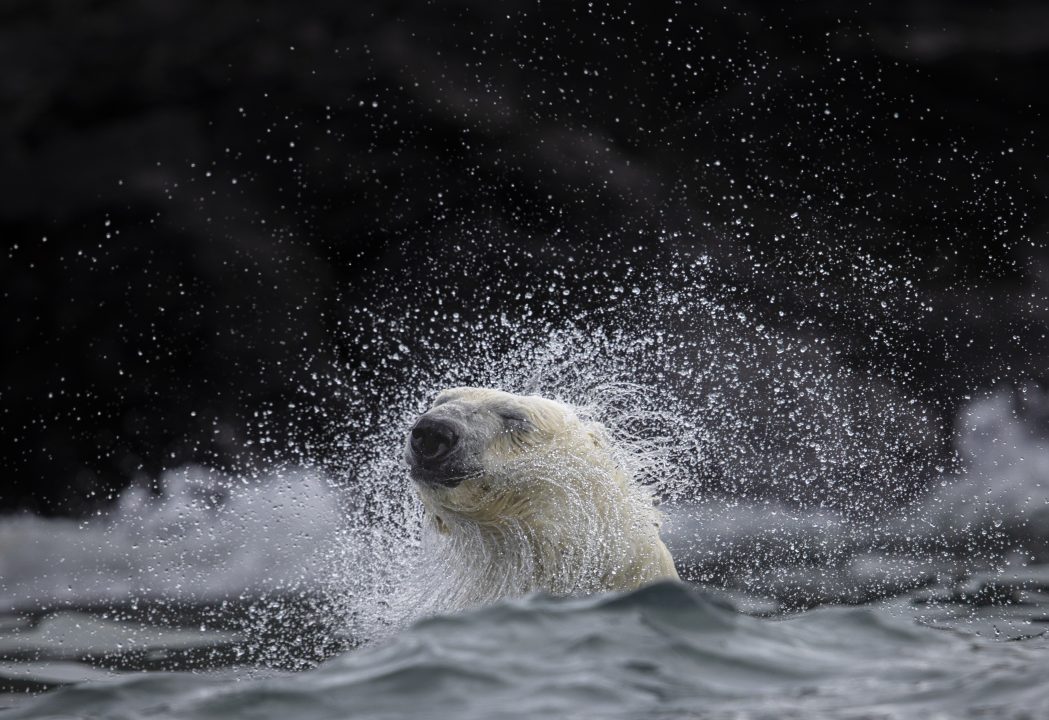
Paul has guided 40 special photo charters in Arctic and Antarctic waters and has strong advice for his clients, many of whom have followed him around the globe.
Here are Paul’s 10 tips for taking high-quality wildlife photos:
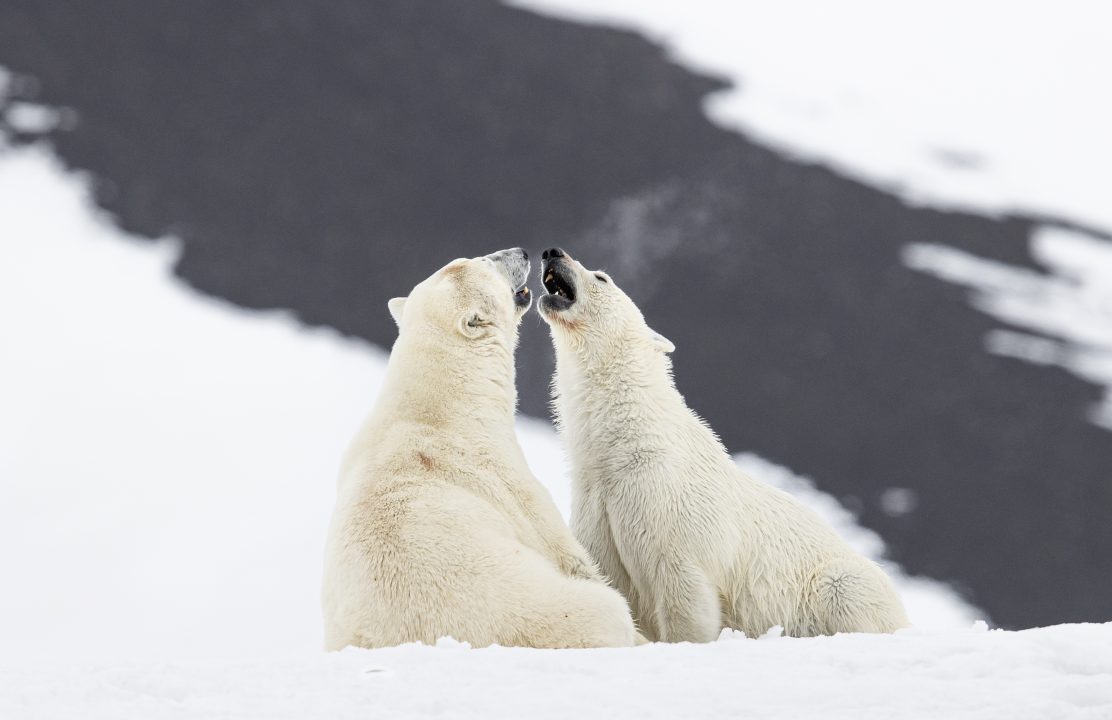
Do your Research – whether it is the ship you travel on or the camera you purchase, this is always time well spent. Someone will always do it cheaper and if seduced, don’t be surprised to find yourself on a 500-berth gin palace only able to do two excursions in a journey hardly assuaged by the excess of shopping, shows, two sittings at dinner and bingo. Research, don’t short-change yourself.
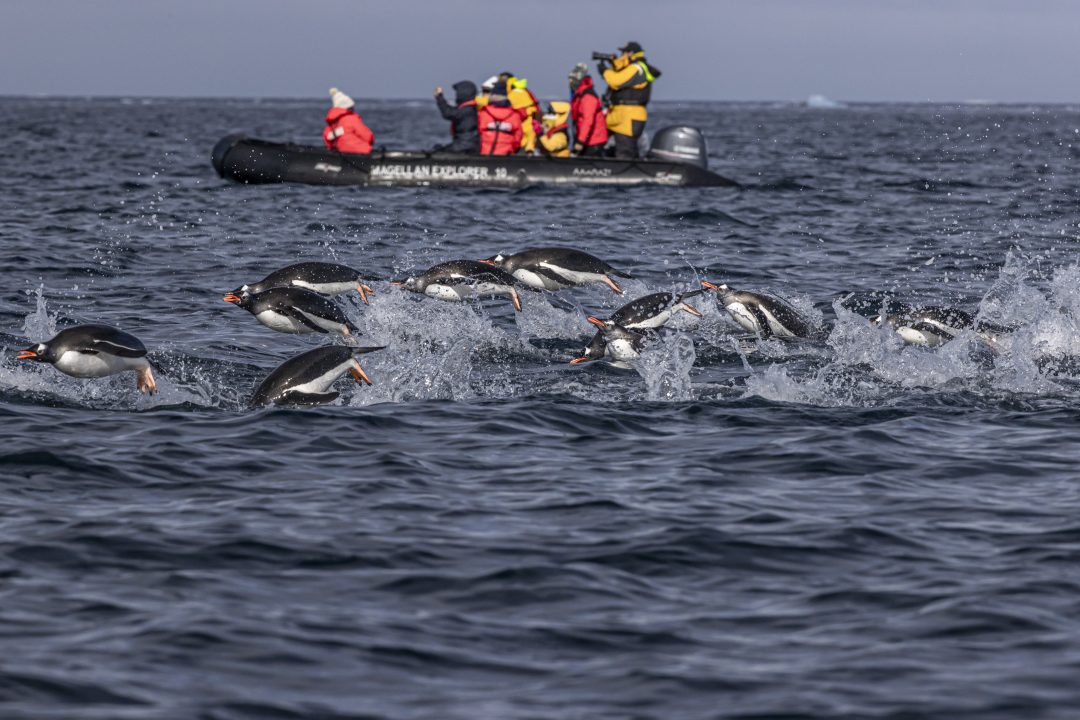
Choose the Right Gear—If you are new to this caper, you don’t have to spend the price of a saloon car on photo gear. You can always hire cameras, tripods, and lenses and see if they suit you.
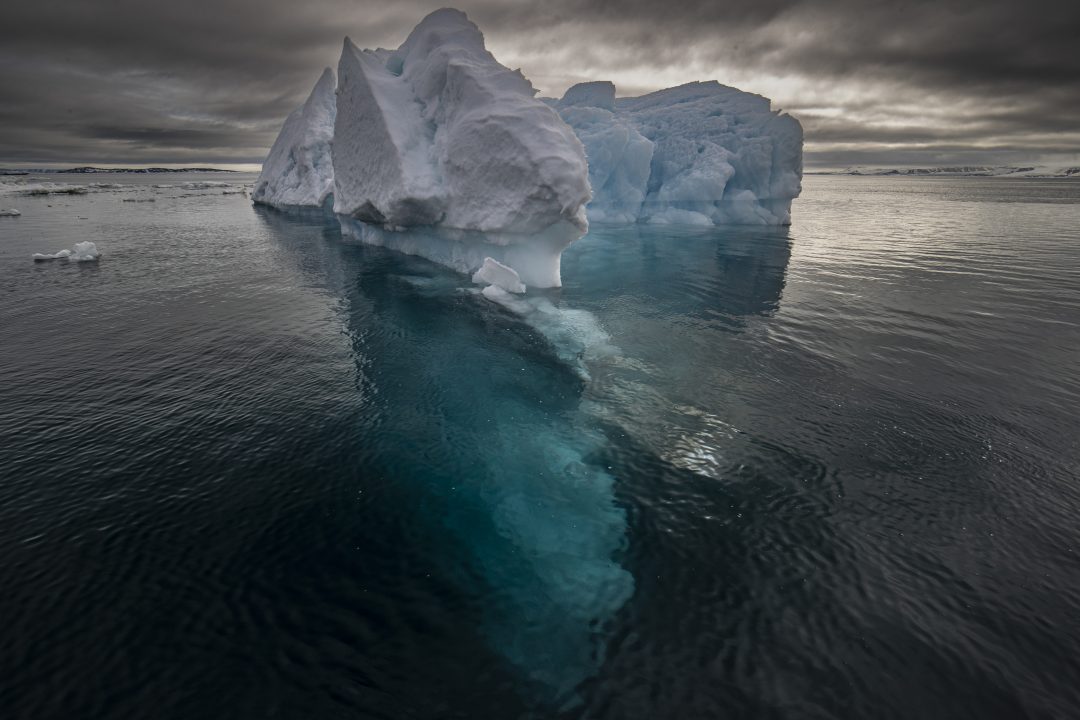
The Luxury of Time – you have an awful lot of daylight in the poles, and an experienced company should maximize it – sometimes all 24 hours of it. However, if you’re someone who needs ten hours of sleep each night then choose another destination. Travelling in a small group, such as only 12 guests on a micro cruise with Secret Atlas, will ensure everyone in the group can quickly disembark in minutes onto even smaller ribs, therefore getting the most out of really photographic opportunities.
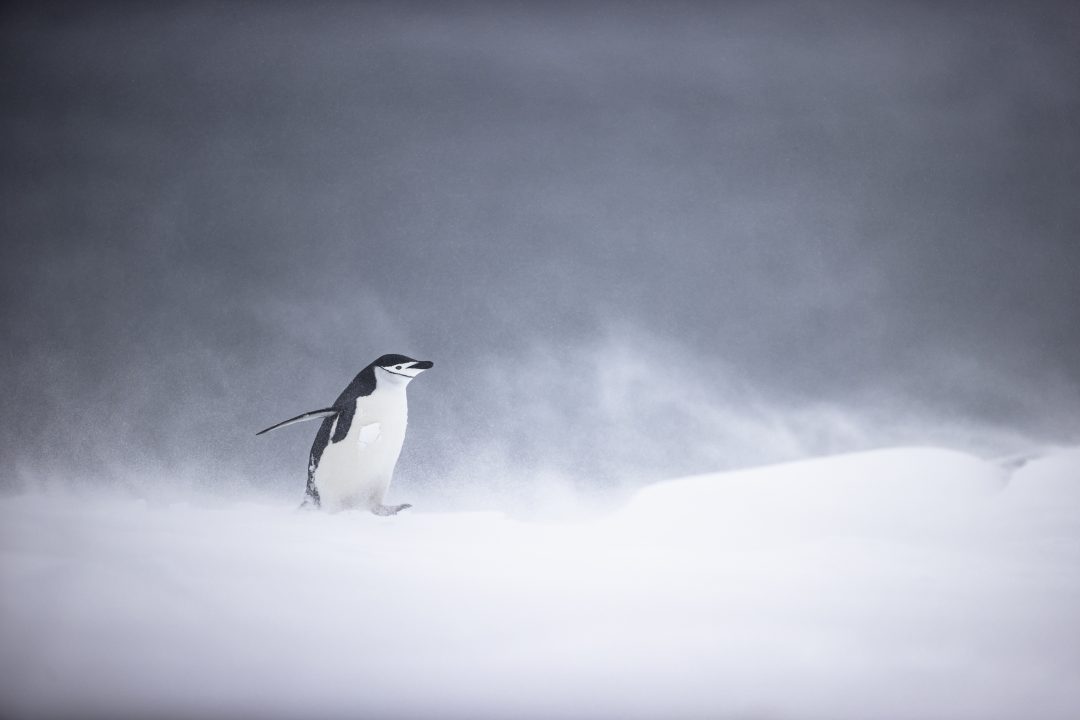
Think about your photographs – Look at other people’s efforts, whether in books or online, and decide what you like but be sure to put your own inflection on your images otherwise, it is not far short of plagiarism.
Survival of the fittest – There aren’t many good photographers who are out of condition. Often the difficult shots are found in tough and demanding conditions, you need to be able to shape up physically.
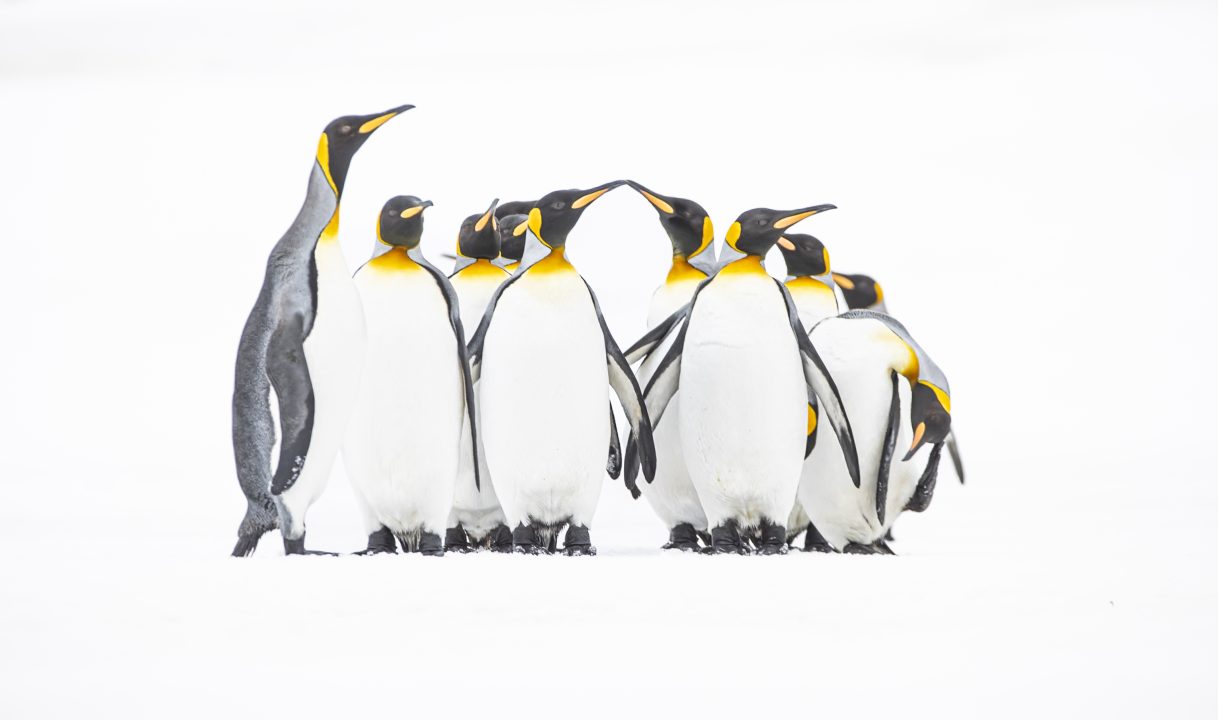
Be Ambitious – Whenever I judge any competition, I look for two things more than anything else: originality and degree of difficulty. The former can be either a totally new shot or new light through old windows. With the latter, there should be pain and graft. Also, ambition, whether a technically ambitious image or just a tough one physically.
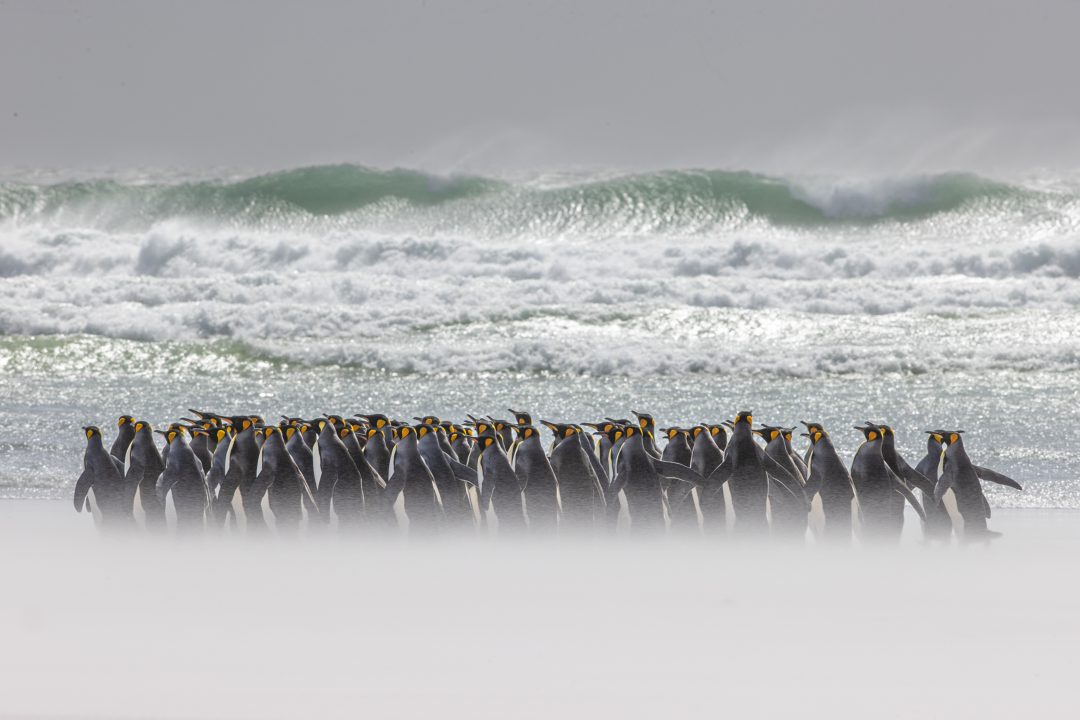
Be your biggest critic: the fiercest one has to be you. There is no such thing as a perfect wildlife photo, nor should there be, this is how we like it. New fifth-generation digital mirrorless cameras may make it easier, but that elusive image will never be attained. This is a good thing. Don’t be sensitive about criticism either. If anyone says, ‘It’s nice’, ‘I quite like that’ or ‘I see what you tried to do there’ you have failed. It’s only a photograph. Try again.
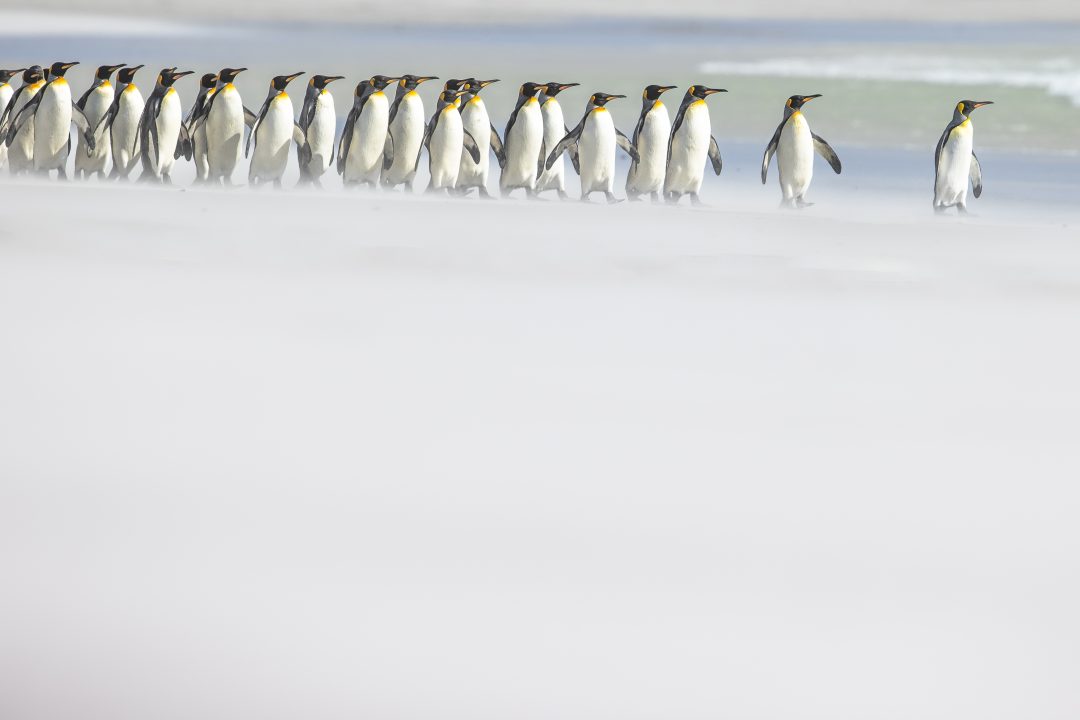
Delete, delete and delete again: every day, every hour. Don’t leave millions of gigs on some Fort Knox-sized hard-drive. Ideally don’t take too many. Just because some new mirrorless cameras can take 50 frames a second or more doesn’t mean you are obliged to. It just means an awful lot of homework.
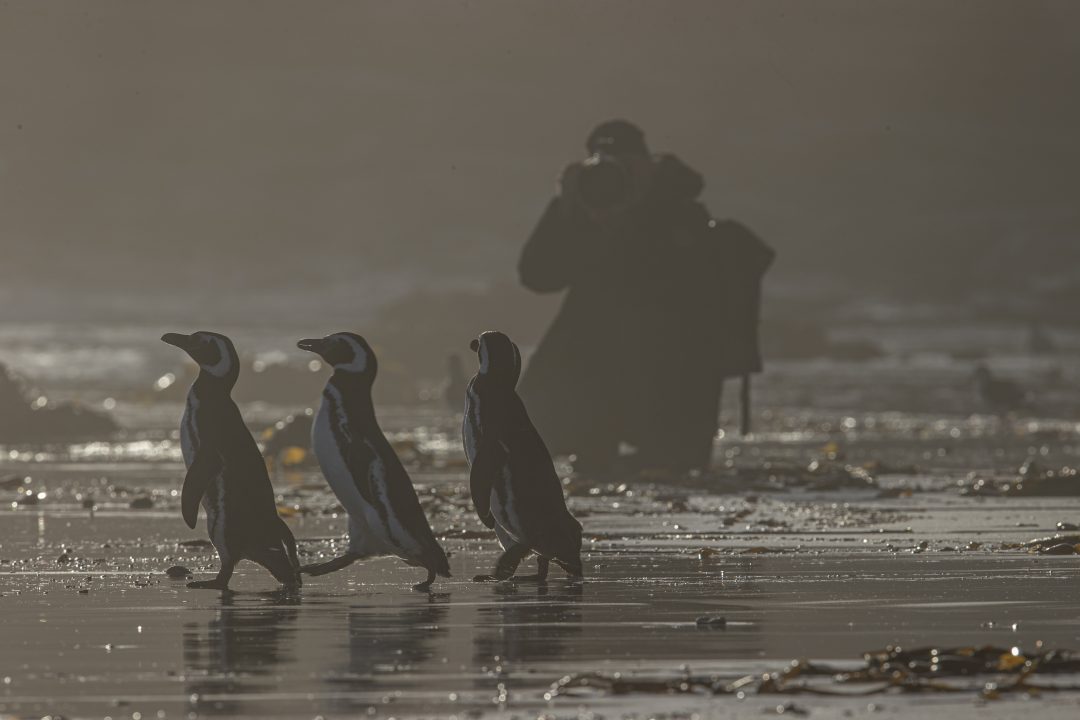
Think of your audience – Think you are showing them to 13-year-old children. Imagine their boredom threshold. They don’t need to see ten penguin shots, your two best will do. Or preferably one.
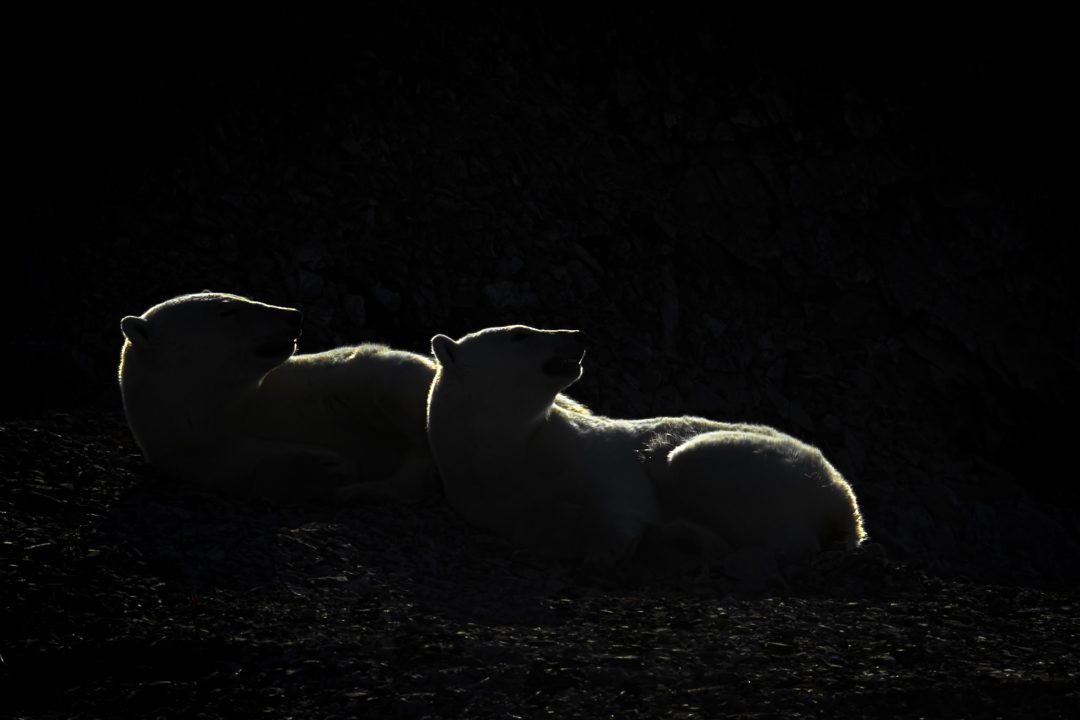
Video – It is often a far superior tool but remember to keep them short and engaging. In-line with the above, the 13-year-olds will almost always prefer this.
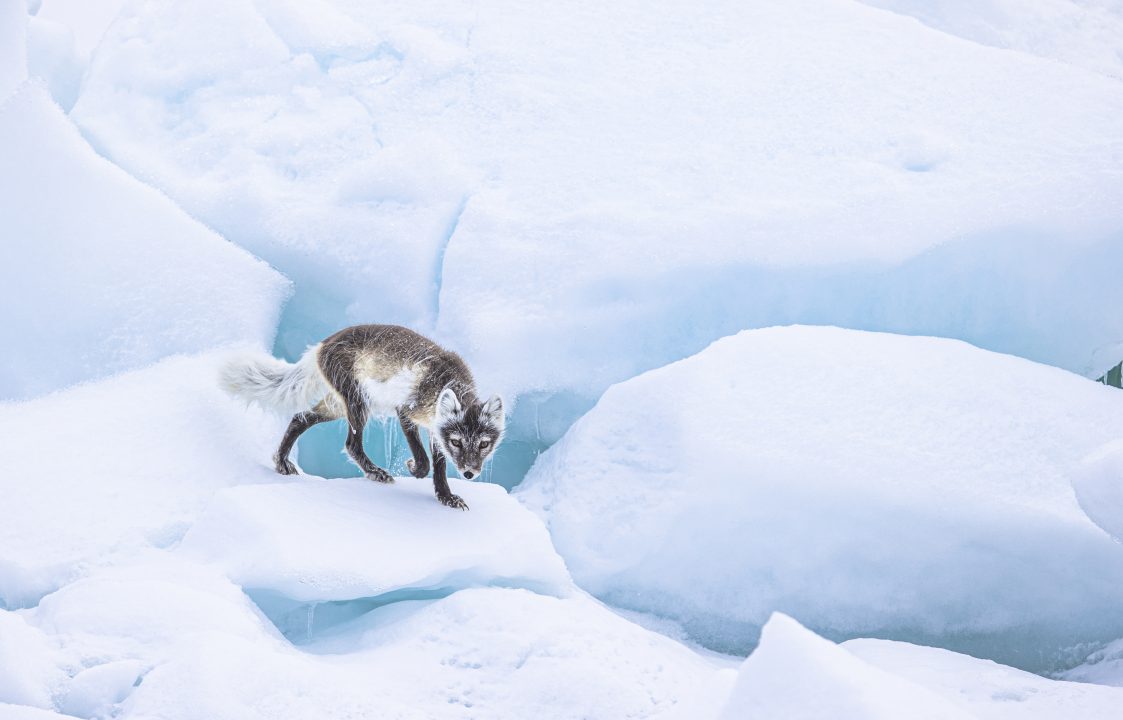
Secret Atlas is running several photography expeditions to Svalbard in 2025. Choose from a 9-day Frozen Svalbard Photo Tour in April and May, a 9-day Natural Wonders of Svalbard Photo Tour also in May, or a 10-day Spitsbergen Explorer Wildlife Photo Tour led by Paul himself in June. For more details, visit Svalbard Photo Tours & Expeditions With Only 12 Guests (secretatlas.com).

Discover more about Secret Atlas at www.secretatlas.com.
